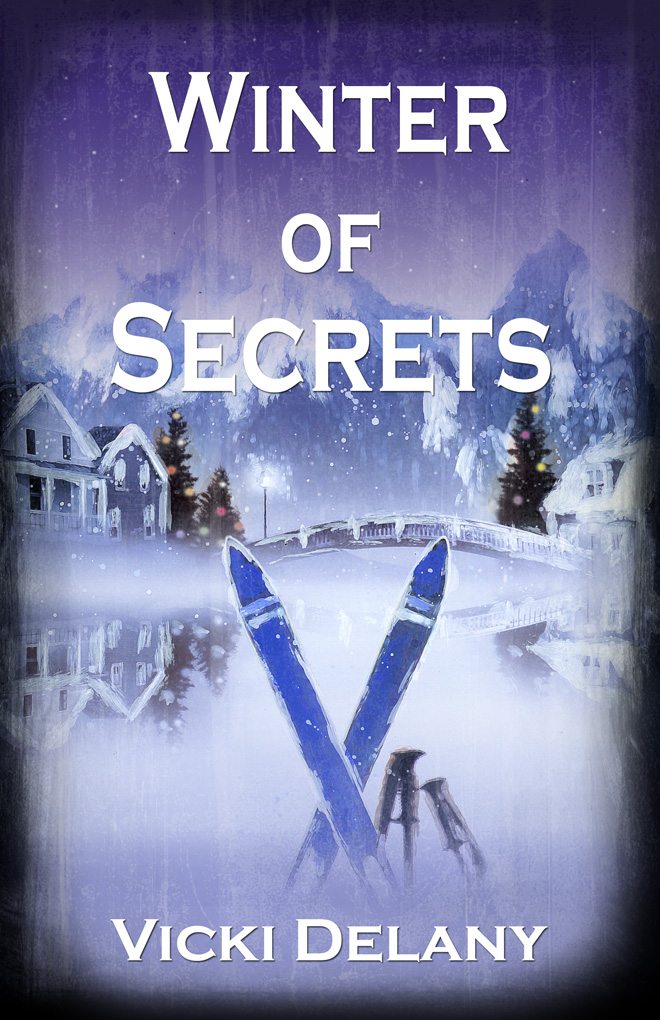
Plans, plans, plans
I've realised this week, that I've got a few challenges on my plate, and if I don't get myself a little more organised, then in a few months time I will be just as far from completing them as I am today.

One challenge I have finished is the Aussie Author Challenge being run by
Book Lover Book Reviews.
That one required me to read 8 books by at least 5 different Australia authors. My special requirement was that my books need to be crime fiction.
As I read one or two Australian crime fiction books a month, that wasn't hard for me to finish.
Check here for what I read.

In the
2010 Global Challenge I've now read 11 books out of the 14 I have decided to read.
I have imposed a couple of conditions on my reading here:
* all my books must be crime fiction/thriller
* as far as possible each book will be set in a different country.
You can
see what I've read so far here.
I actually only have 3 more to read and review: one each from New Zealand (doing that now), one from South America, and one from Canada/Central America.
So here is my reading list:
- CONTAINMENT, Vanda Symon (New Zealand)
- WINTER OF SECRETS, Vicki Delany (Canada)
- THURSDAY NIGHT WIDOWS, Claudia Pineiro (Argentina) OR
- THE SILENCE OF THE RAIN, Luiz Alfredo Garcia-Roza (Brazil)

In the
Agatha Christie Reading Challenge, my aim is to read a book a month, in order of publication. Last month I didn't get around to doing this. So far I have read 23 out of an estimated 87 books.
This is my list for the next few months
1934, The Listerdale Mystery - 12 short stories
1935, DEATH IN THE CLOUDS (aka DEATH IN THE AIR)
1936, THE A.B.C. MURDERS (aka THE ALPHABET MURDERS)
1936, MURDER IN MESOPOTAMIA
1936, CARDS ON THE TABLE
I have a couple of other challenges on my plate but am progressing fairly well with them:
 Audio Book Challenge
Audio Book Challenge is hosted at
Royal Reviews.
I listen to books to and from work every day so hopefully this will be relatively easy to achieve.
I'm trying for Addicted: 12 books
So far I have listened to 7 and am on my 8th:
MARCH VIOLETS, Philip Kerr
100+ ReadingChallenge is hosted by
J. Kaye
I'm doing pretty well so far with 43 books on my list - about 4 books ahead of where I was last year when I read 104 books.
You can follow my progress on
Smik's Reviews.
I've decided to take part also in the Scandinavian Reading Challenge - being run by
The Black Sheep Dances. For this you have to read 6 books set in Scandinavia. Mine will all be crime fiction and so far I have read 2. I'll do an update post later this week.







































